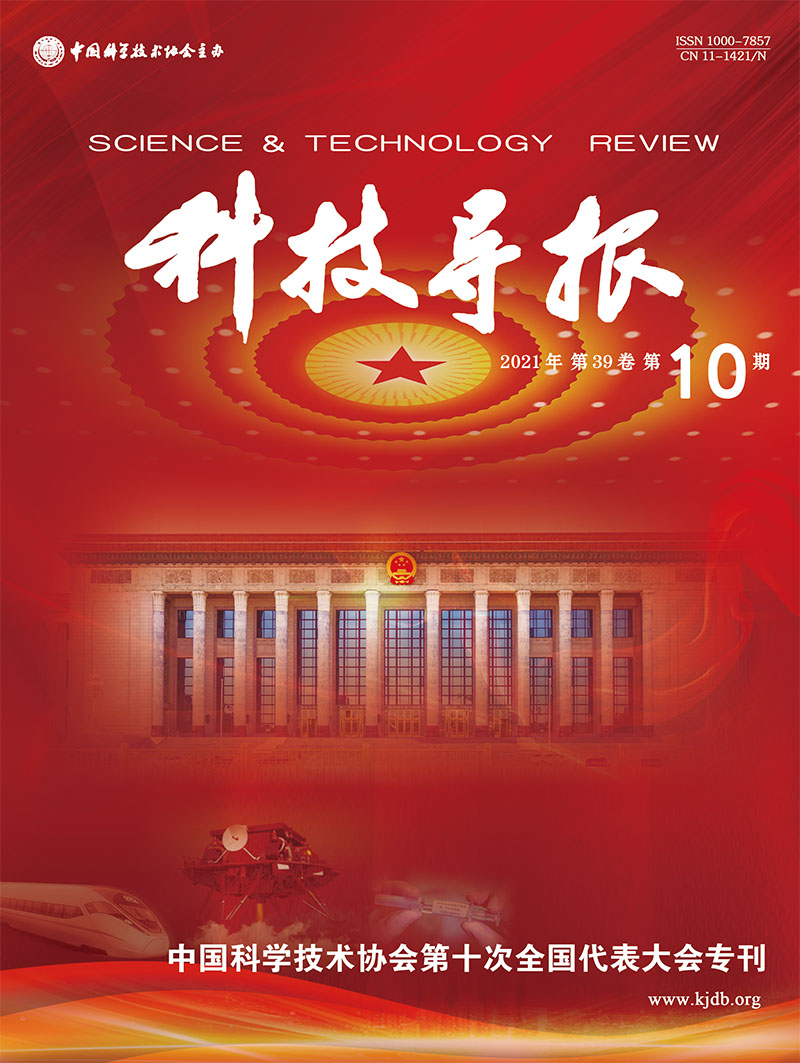MA Yugang, MO Xiaodan, YUAN Nan, LIU Wei, SU Qing
The modern science and technology museum system with Chinese characteristics built by the China Association for Science and Technology(CAST) has completed its synergistic development of the Science Wagon, the Mobile Science and Technology Museum, the Rural High School Mini Sci-Tech Museum, and the China Digital Science and Technology Museum, with features of the adequacy, the balanced coverage and the accessibility of the public service for the science popularization in China. This paper comprehensively reviews the achievements and the experiences of the system since its construction, as well as its shortcomings in the process of exploration and practice, with an outlook of its future development. In the context of the New Era, with new requirements for the science popularization in terms of holding the proper values, promoting all-round development of personality, serving the national development and the social progress, the System must respond, expand the connotation and the extension, strengthen the service function and promote an equal development of the innovation and the popularization of science and technology. Furthermore, the future of the System should be based on the integration of the scitech and the culture and the requirements of the market, to promote the social development, strengthen the theoretical researches and achieve the innovation.


